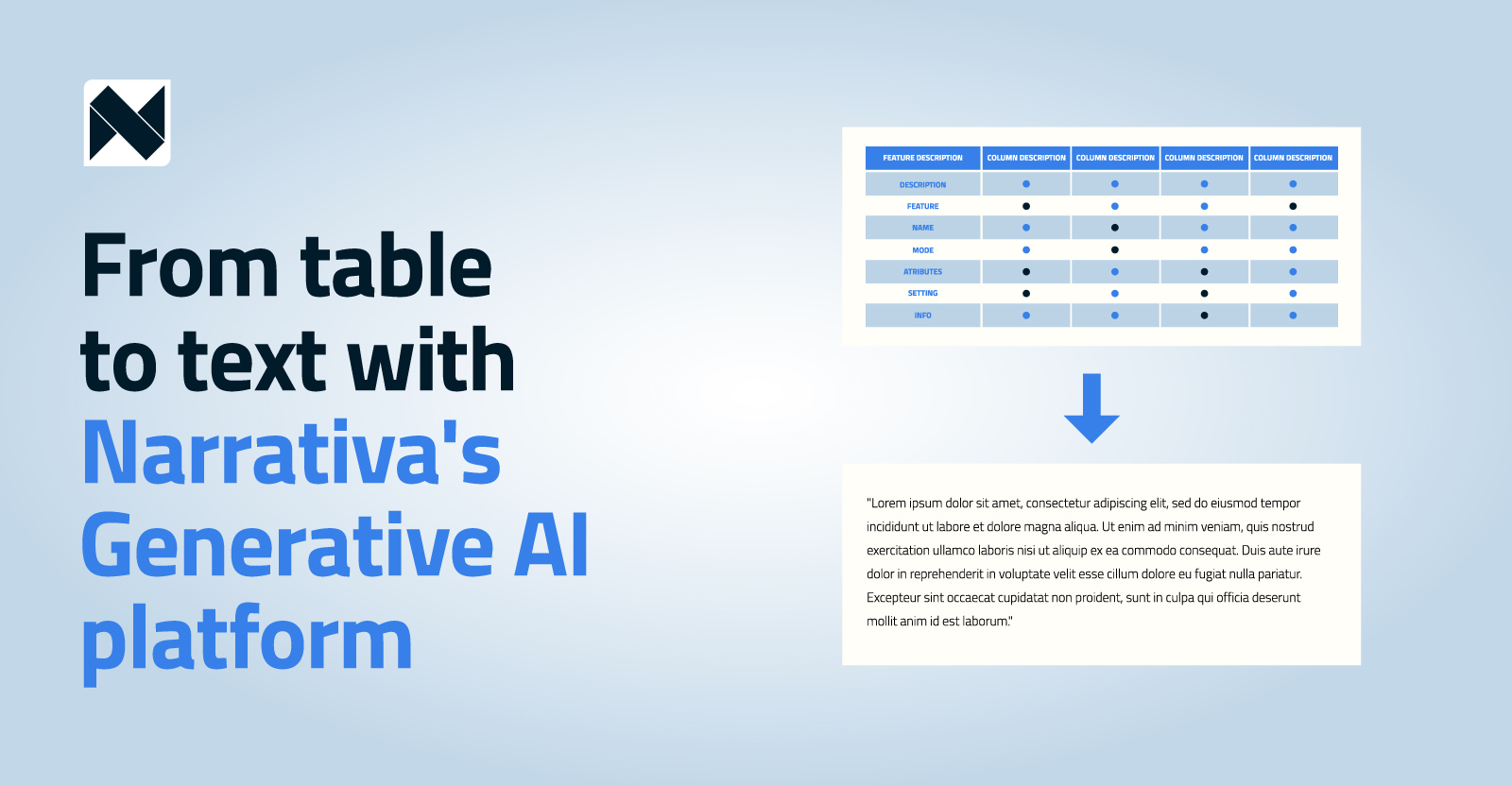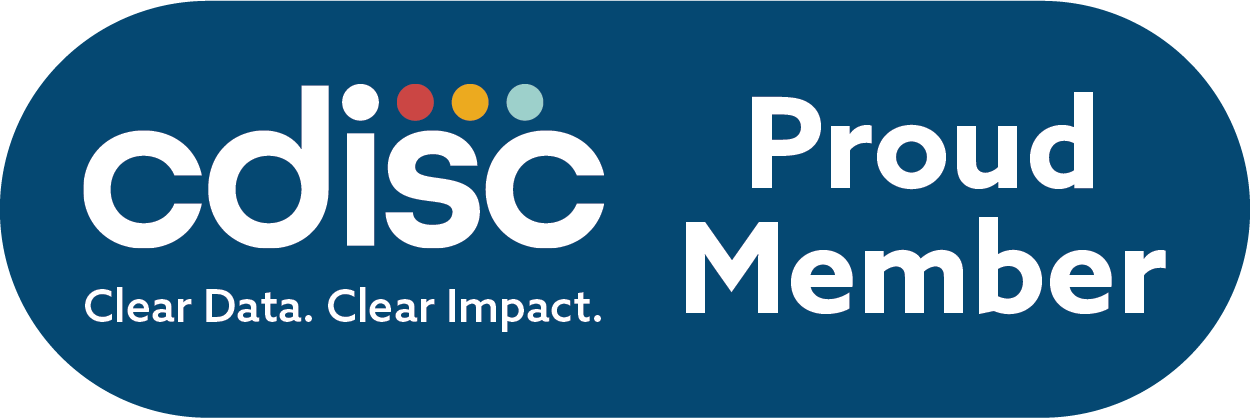June 22, 2023
Maximizing the potential of statistical programmers with Narrativa’s solutions

By Ehab Naim
The role of a statistical programmer is paramount for the success in clinical trial reporting. Those professionals provide medical writers with Tables, Listings, and Figures (TLFs), which are essential to finalize a clinical study report (CSR) and its components, like patient safety narratives. The finished CSR’s quality depends not only on the medical writers but also on the statistical programmers. This is because the final outcome is only as good as the data provided to create it.
Statistical programmers: Understanding their role
Statistical programmers are responsible for organizing, analyzing, and generating data based on the inputs included in databases comprised of information collected from patients while a clinical study is being conducted. These databases could involve information pertaining to hundreds of patients. Once data are generated based on the statistical analysis plan (SAP), statistical programmers create the TLFs for CSR authoring. As straightforward as it may sound, it is a challenging job to do!
There are several skills that statistical programmers involved in clinical trial reporting need to have. First, they need to be competent in the programming language they use. This is because the code needs to be clean and written in a manner and sequence that produces and/or visualizes the right outcome. This means that they need to have a good understanding of the data structure of the database. This brings us to the second critical point: Clinical trial understanding.
In order to organize, analyze, and generate outputs, statistical programmers need to have a good understanding of the therapeutic area and the clinical trial paradigm. This is important because statistical programmers could come from a non-medical background, such as computer science or other fields. Therefore, before generating an output, there needs to be an understanding of the data being analyzed.
The statistical programmer needs to understand how to read the SAP to learn about the study design, randomization schedule, and other critical elements important for generating outcomes. In this area, statistical programmers also need to understand the terms involved in SAP and the ways clinical trials are conducted to be able to communicate the results.
In addition to the above, a proper understanding of the clinical industry standards, like the Clinical Data Interchange Standards Consortium (CDISC), is essential. This is because applying these standards help create and submit documents that are compliant with regulatory agencies, like the Food and Drug Administration (FDA) and the European Medicines Agency (EMA).
Narrativa involves statistical programmers in the TLFs validation process
Narrativa’s novel solutions require no effort to implement. It is as easy as uploading files, selecting parameters, and having results ready with a few clicks and without any coding knowledge. So, how does this help statistical programmers?
Our TLFs solution helps flag problems that humans could otherwise miss due to the sheer volume of collected parameters and the databases used to store information. In this way, statistical programmers would be aware of errors that could affect subsequent calculations when creating the TLFs.
In addition, Narrativa gives confidence to statistical programmers in their results. This is because our current validation process involves comparing the outcome produced by a statistical programmer to that of our solutions. This is critical because recent research shows that involving humans and AI together produces better results than either of them alone.
We also support other professionals in the regulatory domain by providing them with tools that save them both time and effort and deliver results within a few minutes. An example of these tools is our anonymization and redaction solution.
About Narrativa
Narrativa is an internationally recognized generative AI content company that believes people and artificial intelligence are better together. Through its proprietary content automation platform, teams of all types and sizes are empowered to build and deploy smart composition, business intelligence reporting, and process optimization content solutions for internal and external audiences alike.
Its tech stack, consisting of data extraction, data analysis, natural language processing (NLP), and natural language generation (NLG) tools, all seamlessly work together to produce content quickly and at scale. In this way, Narrativa supports the growth of businesses across a variety of industries, while also saving them both time and money. Accelerate the potential with Narrativa.
Contact us to learn more about our solutions!
Share







